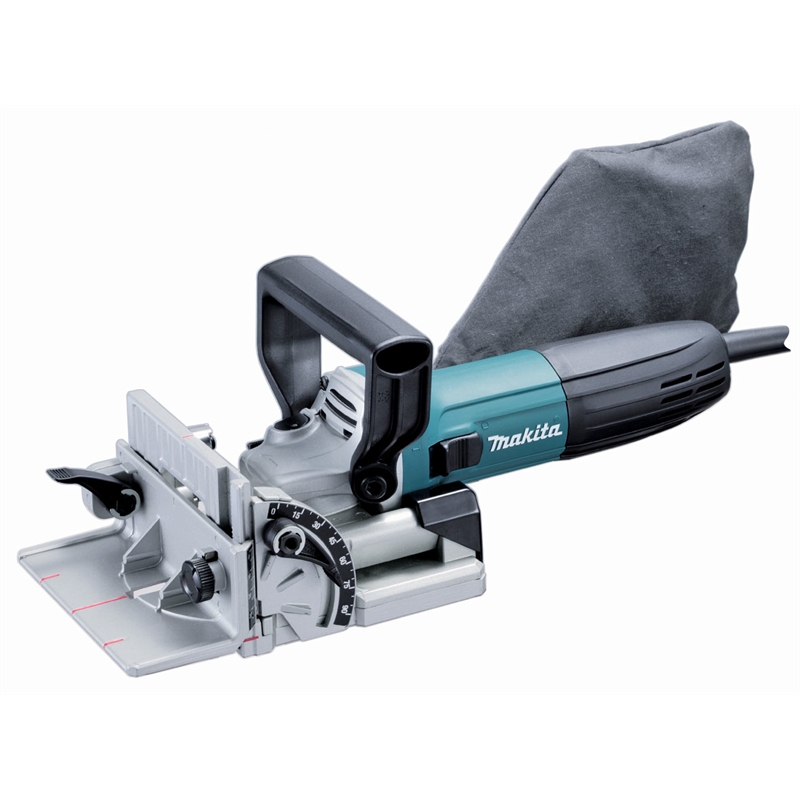
How easily it is to change a blade is also an important consideration to take into account. There are smaller and larger blades available should you need them. The standard blade size is usually 4 inches.

Too light and it is probably an indication of a lower quality tool. Too heavy and it may become tiresome to use. If you are cutting your plunges at an awkward angle then the weight of the joiner may become a consideration. Some models such as the Porter Cable are capable of 135 degree adjustment. On cheaper tools the fence can be easier to secure in a misaligned manner.Īt a minimum you would expect all biscuit joiners to be adjustable from 0 to 90 degrees. The fences primary function is to ensure that the biscuit joiner is properly aligned at the correct angle to the piece of wood that you wish to cut. The sharpest blades in the world are no good if you have a weak motor. Durability - Any big brand name should have a motor that won't overheat or burn out quickly.Rpm - The majority will spin to 10,000 rpm.Power - Ideally higher than 5 Amp, industry standard is 7 Amp.Ideally you should be looking for a joiner that has a motor with the following specifications: There are a number of important features to consider when choosing which biscuit joiner to choose: Motor PowerĬutting plunges into hardwood requires a sharp cutting blade and a motor that is capable of spinning up to a high rpm.

Accurate plunges are necessary, without the plunge angle and depth being easily repeatable you will end up with a finished piece that is not aligned properly and in many cases not fit for purpose. Where it really excels is that you can make these plunges the exact same way time and time again. However, if you are looking to reliably make multiple joints then a dedicated tool is required.Ī biscuit joiner gives you the ability to make the plunges at varying angles to the wood. This might be suitable for a one off join if you are already suitably skilled. For example you could clamp or configure a wood router or by wood carving by hand using a chisel. You could make these plunges without using a biscuit joiner. They are used to cut the plunges described above. A biscuit joiner at its simplest is a power tool that allows you to make precision cuts into the edge of boards. They are commonly used in furniture and other decorative pieces that do not require much stronger joints or important load bearing joints.

This joint is both strong and usually completely hidden from view unlike a dovetail joint for example. A small pieces of compressed wood known as a biscuit is then placed into the plunge in either piece of wood and glued into place. These cuts are commonly referred to a plunges. A cut is made on the edge of both pieces of wood that you wish to join.



 0 kommentar(er)
0 kommentar(er)
